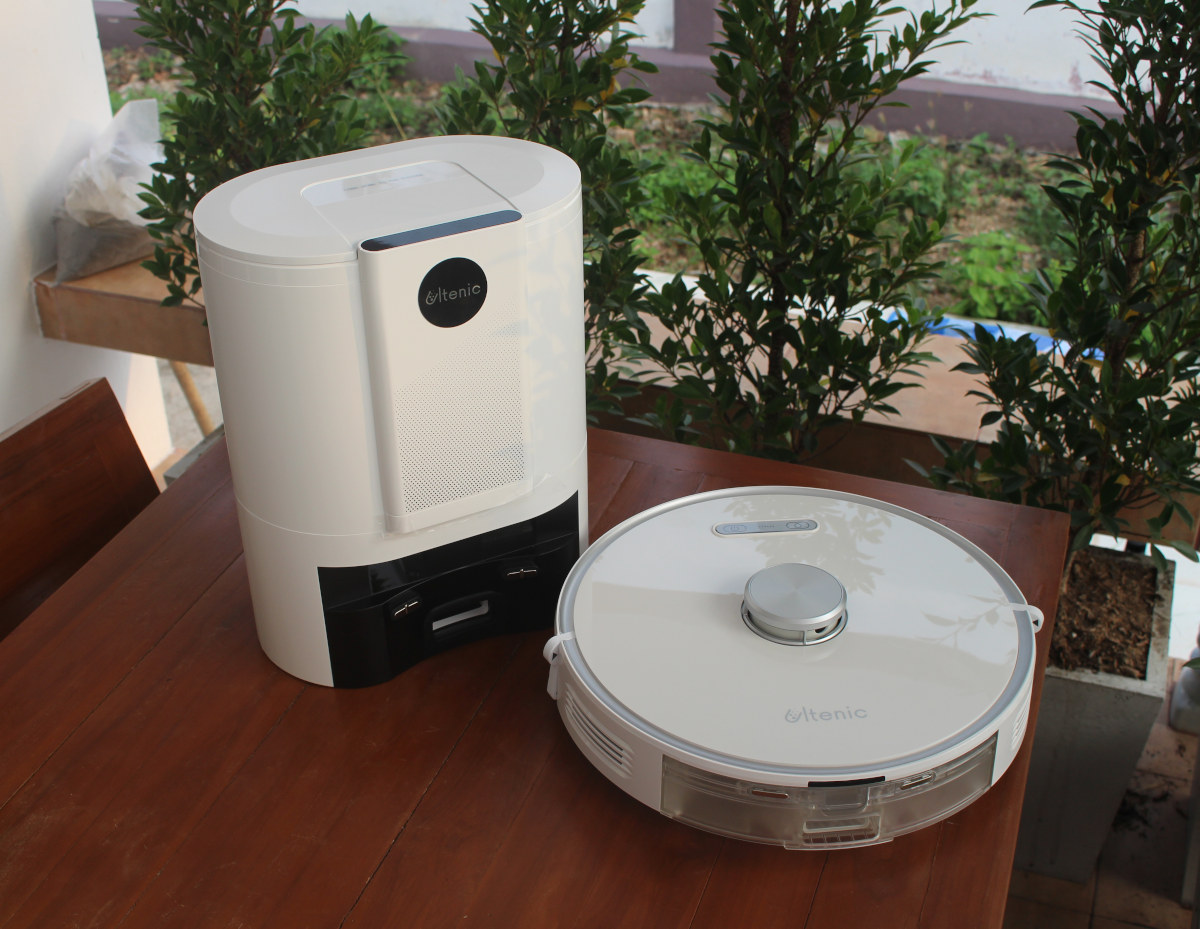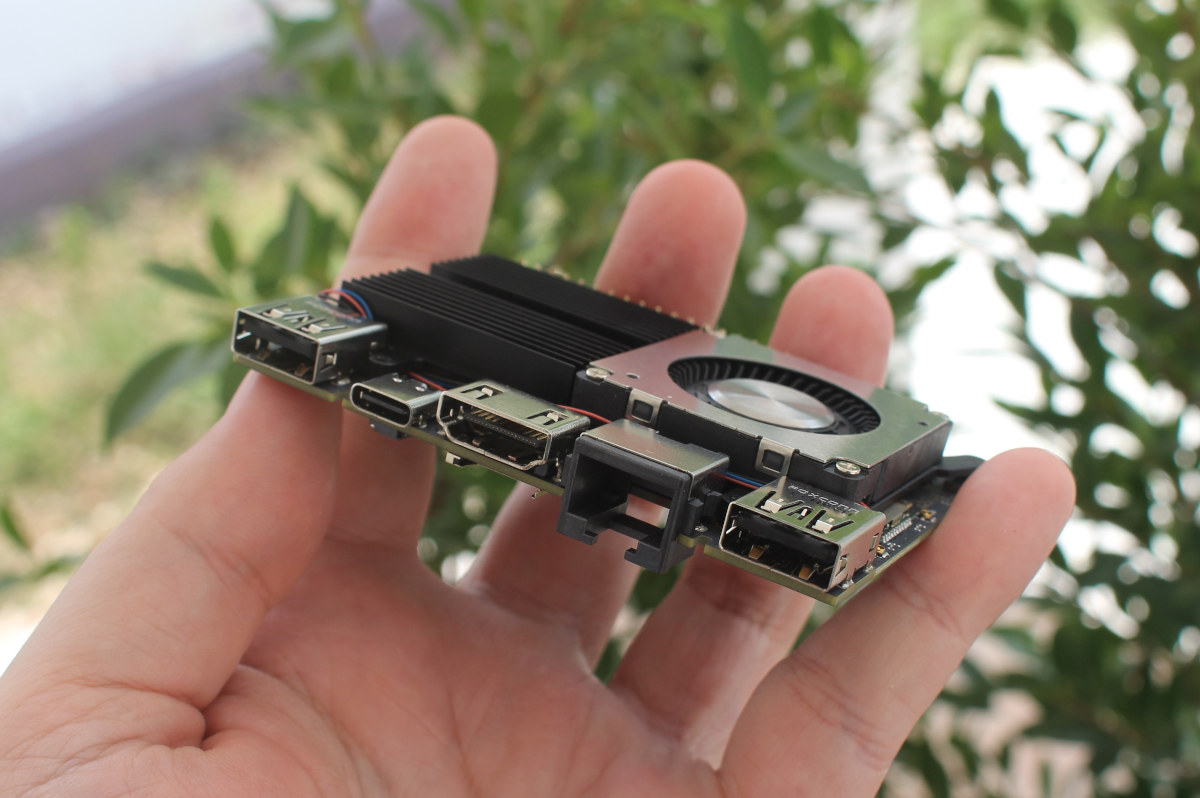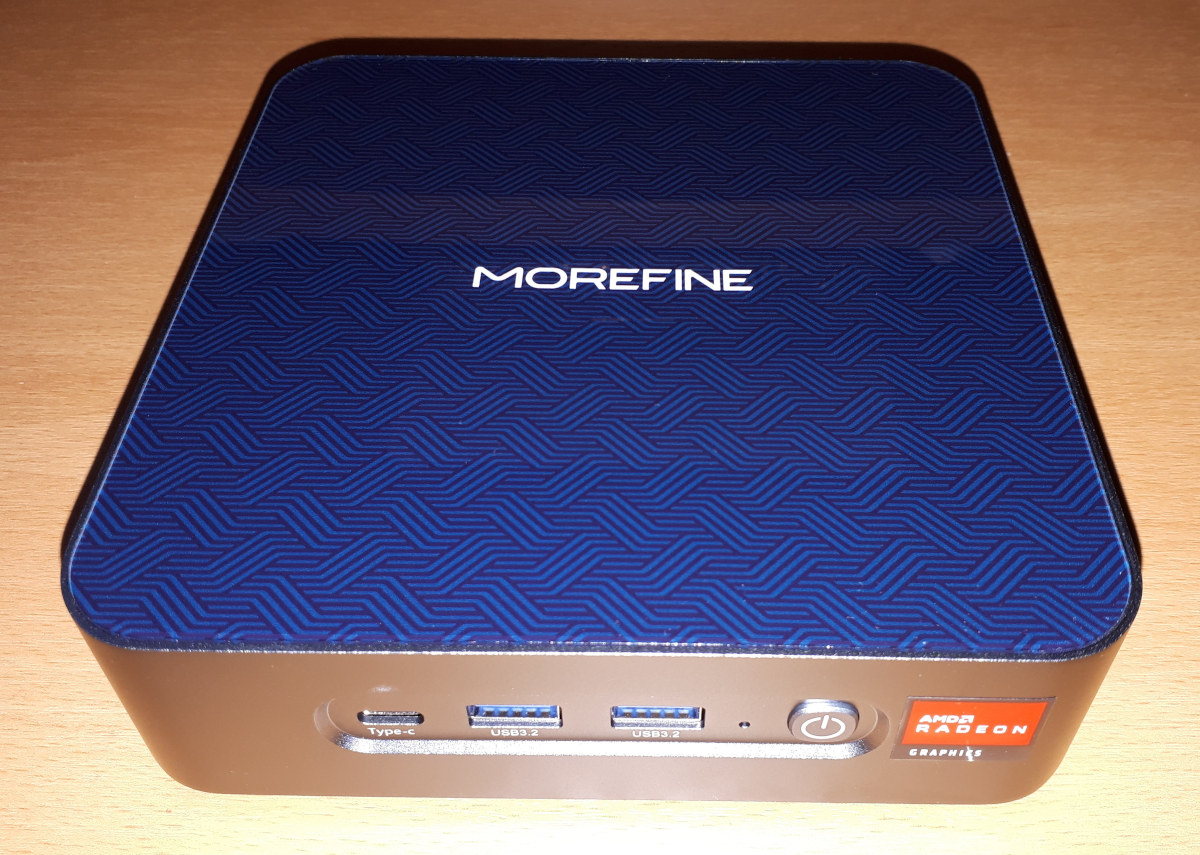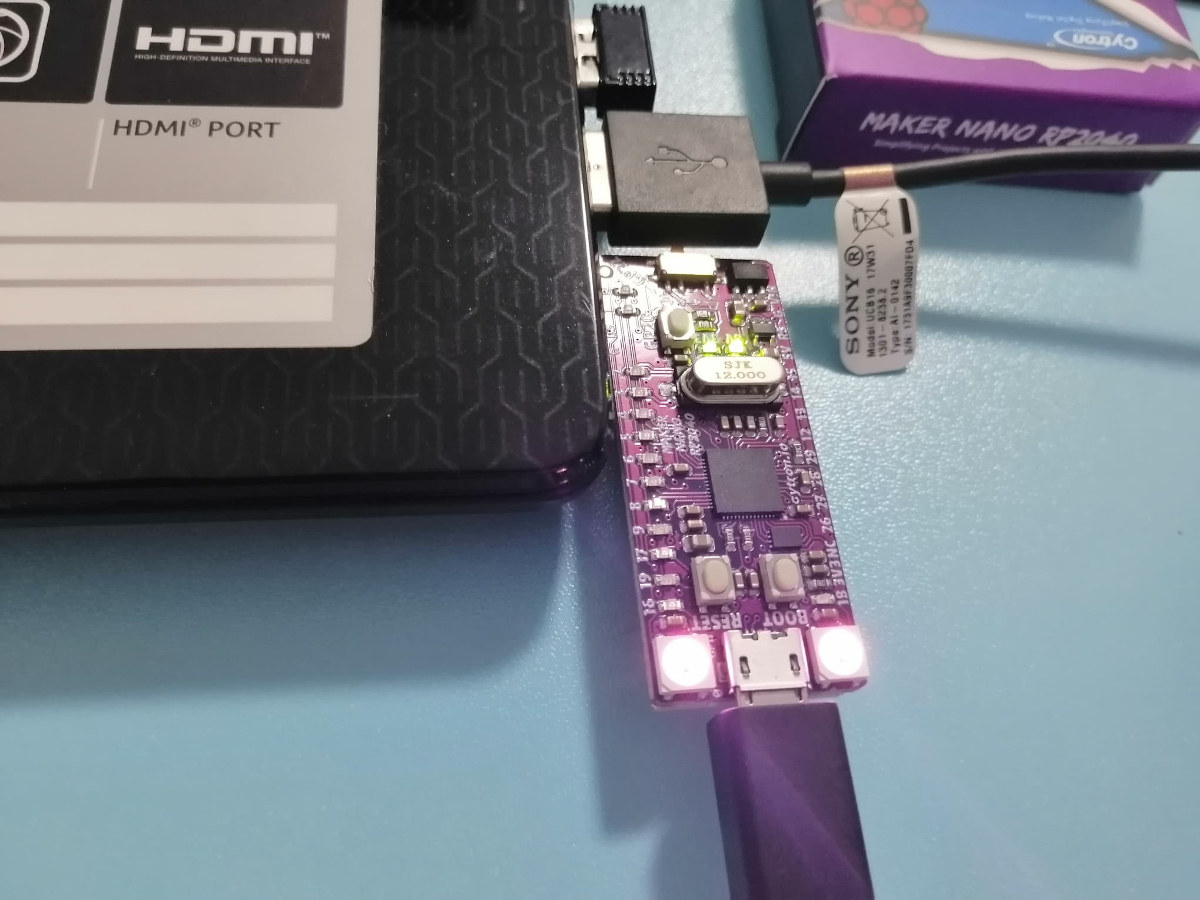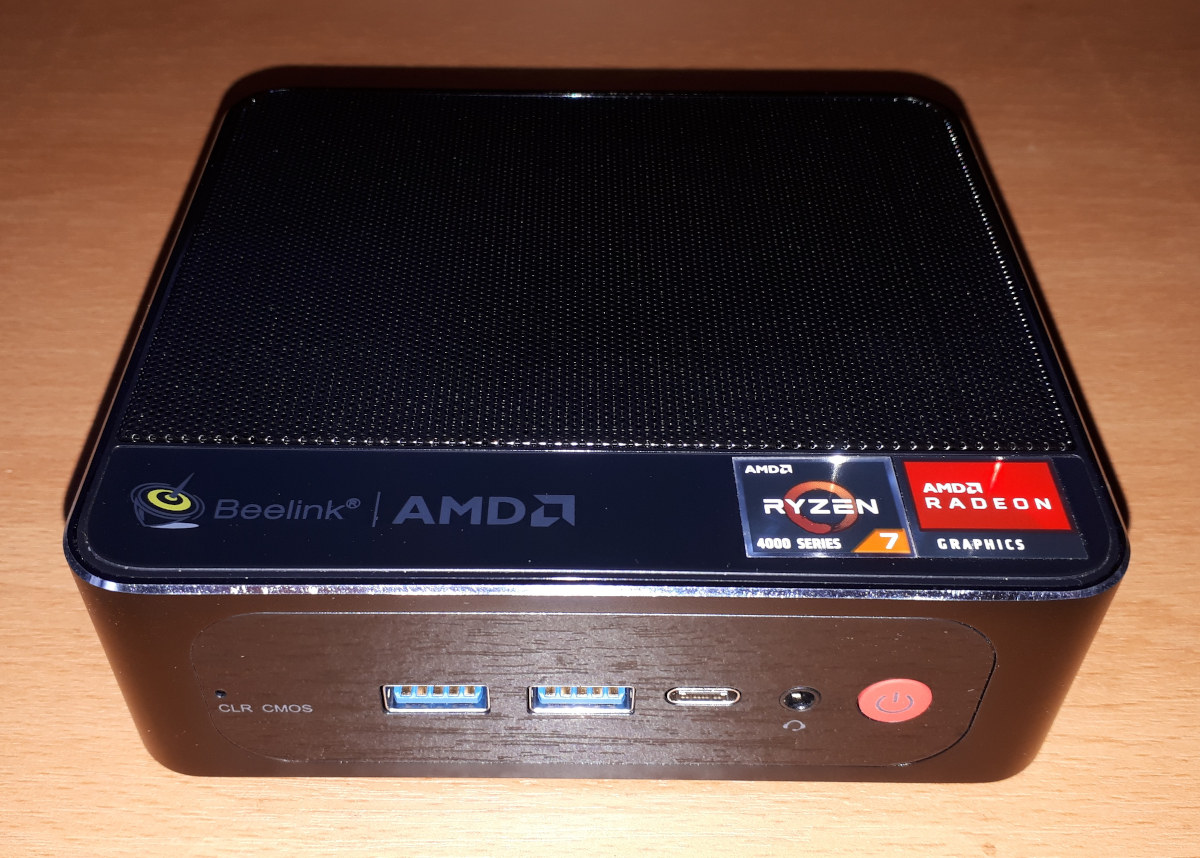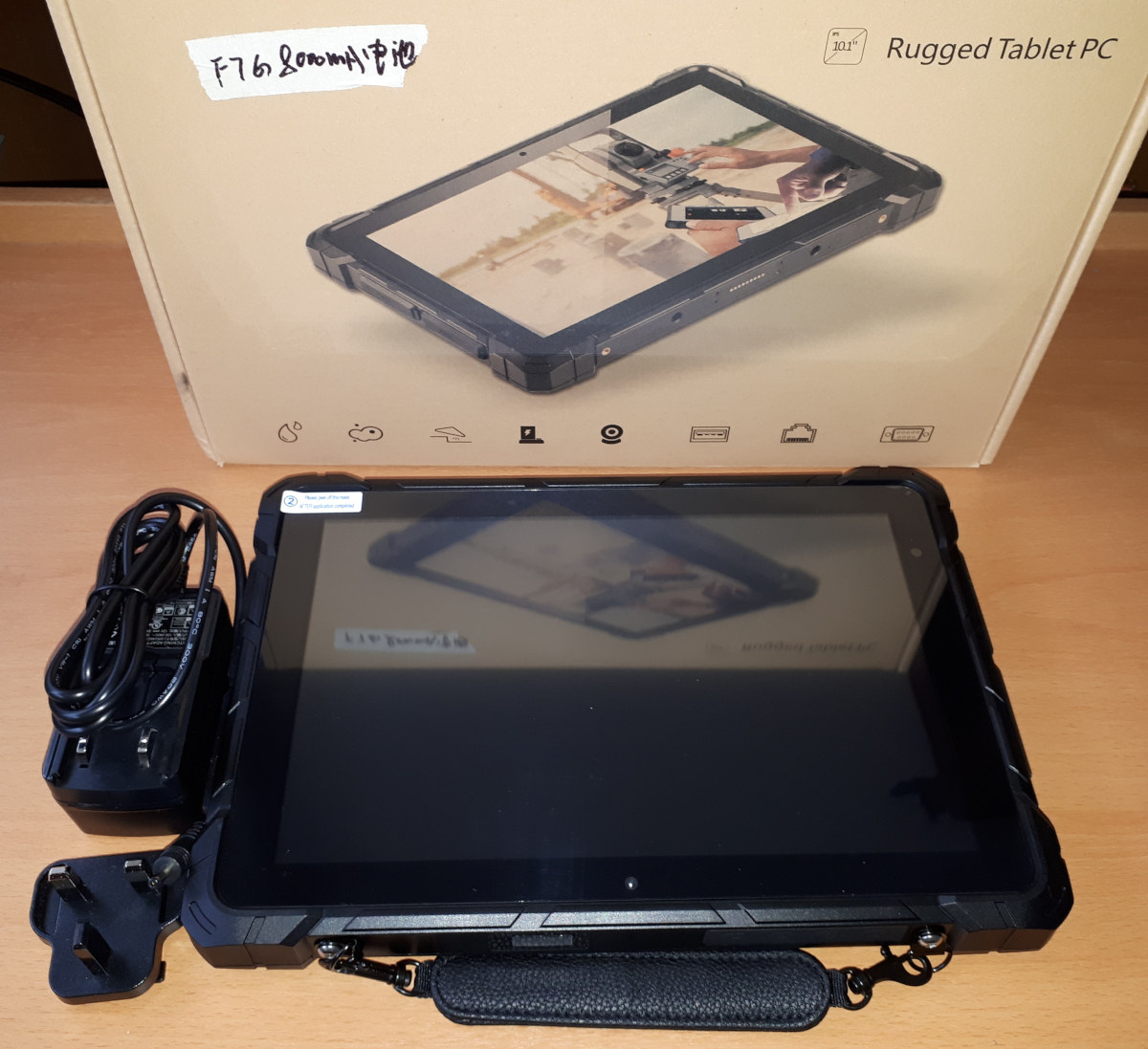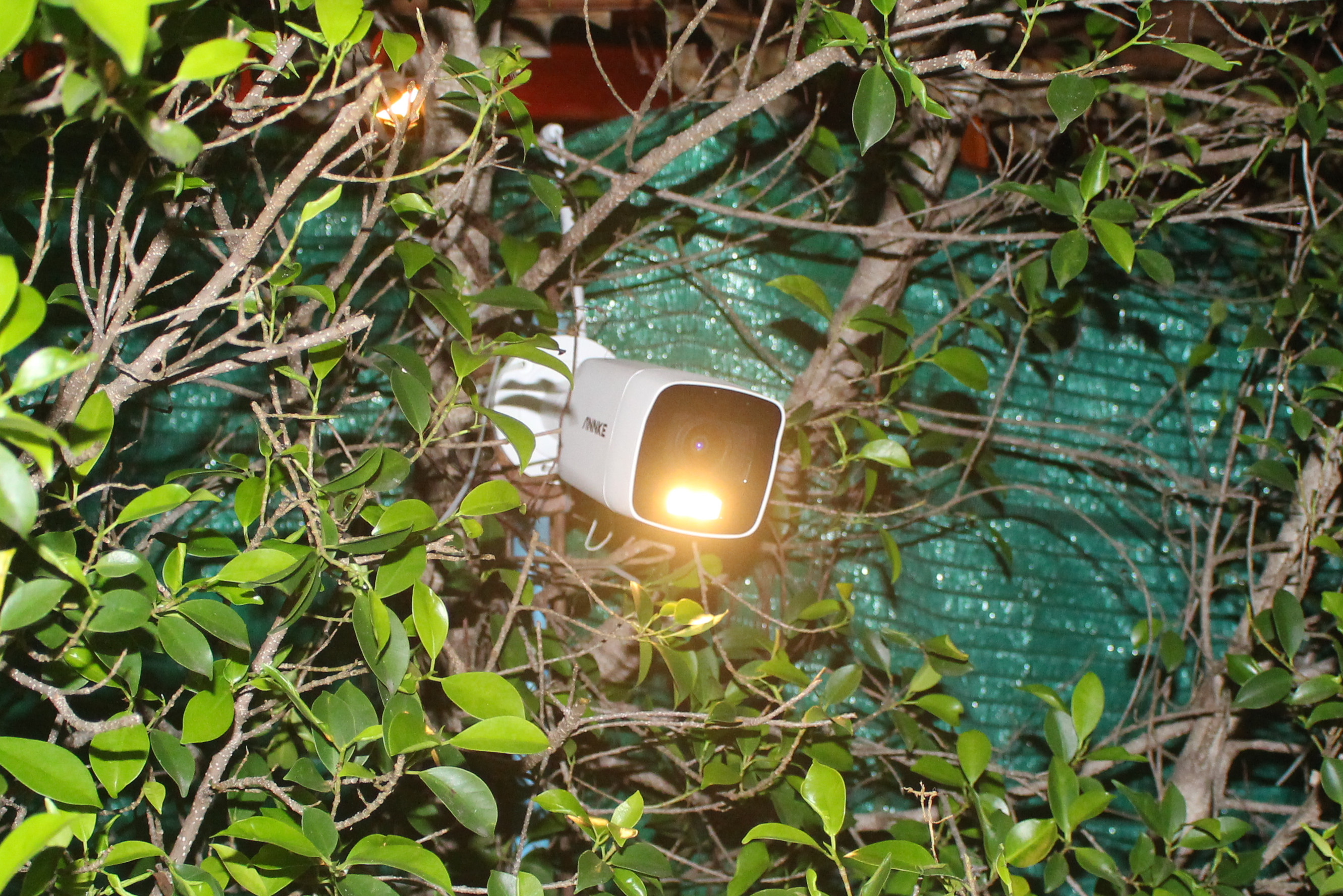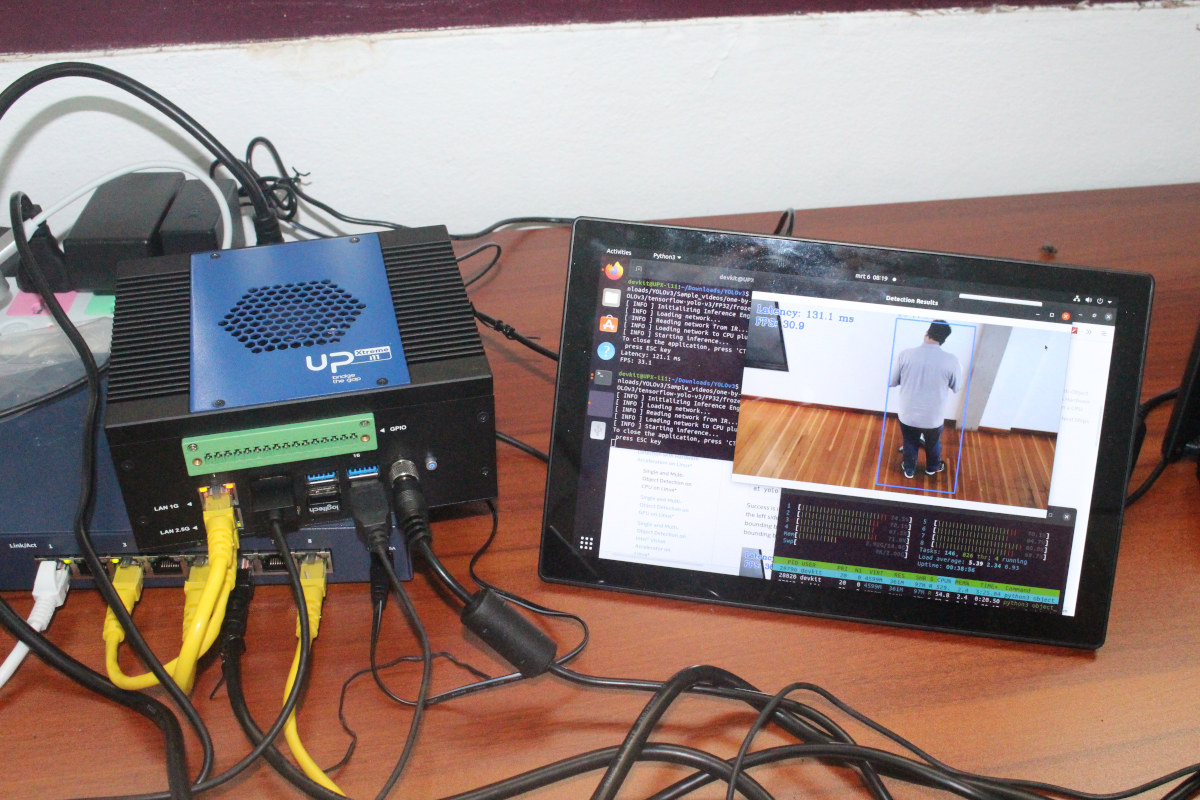Ultenic T10 is a 2-in-1 smart vacuum cleaner and mopping system with a self-emptying base that’s quite similar to the Cybovac S31 robot I reviewed a little over a year ago. The Cybovac vacuum cleaner still works fine, but it has some shortcomings, so when Ultenic asked me whether I would be interested in reviewing their T10 unit, I accepted, and here I am with a new smart robot vacuum cleaner that I’ll review with the Android app in a larger house. Ultenic T10 unboxing The package and hardware are very similar to what I got with the Cybovac model. The robot comes with a charging base that’s pretty large since it includes its own dust bag for the self-emptying function. Key features listed for the T10 vacuum cleaner: Navigation Type – LDS laser for visual SLAM function Suction power Carpet pressurization – 2700 Pa Fixed-point cleaning – 2700 Pa […]
Khadas VIM4 Review – Part 1: Unboxing, kit assembly, and first boot with OOWOW
Khadas VIM4 is a compact Amlogic A311D2 octa-core Cortex-A73/A53 SBC with 8GB RAM, HDMI input and output, WiFI 6 connectivity, and more. You can check our earlier post for the full specifications. The good news is that it will officially launch on May 10. I’ve also just received a Khadas VIM4 review sample today together with accessories. Today, I’ll start by checking out the board, assembling the kit, and trying out OOWOW services to boot OS from the cloud, before testing available operating systems in more detail in the second part of Khadas VIM4 review a little later. Khadas VIM4 kit unboxing I received everything in a blank cardboard package with several small packages inside. Besides Khadas VIM4 SBC, we’ve got a plastic + metal enclosure with screws and screwdriver, two antennas for WiFi and Bluetooth, a USB Type-C power supply, a USB-C cable, an M.2 expansion board, a short […]
Morefine S500+ Review – An AMD Ryzen 7 5700U mini PC tested with Windows 11, Ubuntu 20.04
Morefine has recently released their S500+ series of mini PC series which features models with either a Zen 2 or Zen 3 AMD mobile processor. Morefine kindly sent one for review and I’ve looked at performance running both Windows and Ubuntu. Morefine S500+ Hardware Overview The S500+ physically consists of a 149 x 145 x 40mm (5.87 x 5.71 x 1.57 inches) square metal case with a plastic top. As an actively cooled mini PC, it is available with either an AMD Zen 2 or Zen 3 mobile processor. The review model came with AMD’s 7 nm Zen 2 Ryzen 7 5700U Lucienne processor which is an eight-core 16-thread 1.8 GHz mobile processor boosting to 4.3 GHz with Radeon Graphics. The front panel has a power button, a light to indicate power, two USB 3.1 ports, and a Type-C USB 3.1 port with Alternate Mode. The rear panel includes a […]
Getting started with Maker Nano RP2040 using CircuitPython: Blinky, RGB LED, and Piezo Buzzer
CNXSoft: This getting started guide was initially posted in Thai language by Suthinee Kerdkaew, and I’ve just translated her work into English with some minor edits. As discussed in an earlier article, Maker Nano RP2040 is a board following the Arduino Nano form factor, but with a more powerful Raspberry Pi RP2040 microcontroller. The board also comes with plenty of LEDs, as well as two RGB LEDs, and a piezo buzzer for audio output. Mr. Jean-Luc Aufranc has just given me a Maker Nano RP2040 board received from Cytron for review. I’ve never used a board before, so it’s my first experience, and in this article, I’ll try to program Maker Nano RP2040 with CircuitPython with three demos: a blinky sample, changing the color of the RGB LEDs, and playing a melody through the piezo buzzer. Let’s see if I can do it. Let’s get started. I first downloaded the […]
Beelink SER4 Review – Windows 11, Ubuntu 20.04, and “overclocking” AMD Ryzen 7 4800U SoC
Beelink has released the SER4 which is the latest in their ‘SER’ mini PC series and it features a Zen 2 AMD mobile processor. Beelink kindly sent one for review and I’ve looked at performance running both Windows and Ubuntu and dabbled with ‘overclocking’. Beelink SER4 Hardware Overview The Beelink SER4 physically consists of a 126 x 113 x 40mm (4.96 x 4.45 x 1.57 inches) square metal case. As an actively cooled mini PC, it uses AMD’s 7 nm Zen 2 Ryzen 7 4800U Renoir processor which is an eight-core 16-thread 1.8 GHz mobile processor boosting to 4.2 GHz with Radeon Graphics. The front panel has an illuminated power button, a 3.5mm headphone jack, a Type-C USB 3.1 port with Alternate Mode, dual USB 3.1 ports, and a reset pin-hole ‘CLR CMOS’. The rear panel includes a gigabit Ethernet port, a USB 3.1 port and a USB 2.0 port, […]
Higole F7G Plus Review – An affordable rugged tablet tested with Ubuntu 20.04 & Windows 11
Ruggedized industrial-use PCs are typically expensive so it is refreshing to see Higole F7G Plus, an Intel Gemini Lake Refresh tablet, being offered at an affordable price. Higole kindly sent one for review and I’ve looked at functionality and performance running on Ubuntu and also its Windows performance. Hardware Overview The Higole F7G Plus is a 10.1 inch IPS touch screen rugged industrial fanless tablet that uses Intel’s 14 nm Gemini Lake Refresh N4120 processor which is a quad-core 4-thread 1.10 GHz Celeron processor boosting to 2.60 GHz with Intel’s UHD Graphics. Designwise, meeting the MIL-STD-810G standard which is the de facto ‘ruggedized’ standard for consumer products and covers whether the device can work in a broad range of environmental conditions including surviving dropping, is evidenced by the thick protective shell around the tablet. To ensure its IP67 Certification for waterproofing each of the ports are covered by detachable rubber […]
ANNKE NC800 security camera review – Part 2: color night vision, vehicle & human detection
I started the review of ANNKE NC800 security camera with color night vision last month by checking out the specifications and package content. I’ve now had time to install and test the camera with a focus on night image quality and person and vehicle detection. ANNKE NC800 installation The camera should be powered by a PoE injector, but since I don’t have any spare one, I just used an Ethernet cable and a 12V power supply. The kit includes bits to make sure the Ethernet cable is waterproof, but I would have had to cut the plastic bit on top of my connector, so I skipped that part. The cable is also protected from rain and sun where I’ll install it. I also installed a MicroSD card after formatting it to FAT32 to make sure it is recognized by the system, but it may not be necessary as the card […]
UP Xtreme i11 mini PC review with Ubuntu 20.04, Edge Insights for Vision
UP Xtreme i11 is both a single board computer and a mini PC powered by an Intel Tiger Lake processor and designed for industrial edge applications. I received the one sample of the mini PC called “UP Xtreme i11 Edge Compute Enabling Kit” last December based on an Intel Core i7-1185GRE processor, fitted with 16GB RAM, a 128GB SSD, and pre-loaded with Ubuntu 20.04 operating system. I’ve now had more time to play with the system, and I’ll report my experience with Ubuntu 20.04 and Edge Insights for Vision, a computer vision framework that’s part of the getting started guide. The latter was missing from my package possibly because customs opened the package, and forgot to put it back in. The most important part is “devkit” is used as username and password. Software for UP Xtreme i11 and Fan Control While Ubuntu 20.04 is pre-installed on the mini PC, it’s […]


